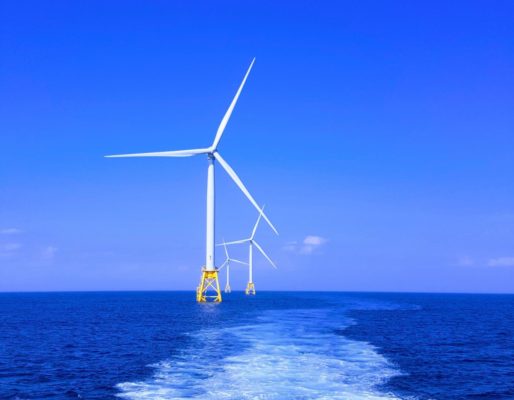If your energy cult predicted more and stronger hurricanes, why exactly should we invest in and rely on an energy source that is susceptible to damage from them? That’s a good question, but it’s not supposed to make sense like most everything else in the climate change policy universe. Besides, the people in charge will be using something more reliable. They are, after all, more important. They can’t risk being disconnected or unable to operate.
You, however, are not necessary. Your contribution is the problem they claim they are working to solve, and part of that solution is Wind power. But Wind is unreliable, to which we can add, susceptible to damage, based on this research.
“Offshore wind turbines … will be at risk from Atlantic hurricanes…. Wind turbines are vulnerable to hurricanes because the maximum wind speeds in those storms can exceed the design limits of wind turbines. Failure modes can include loss of blades and buckling of the supporting tower.”
“In 2003, a wind farm of seven turbines in Okinawa, Japan was destroyed by typhoon Maemi, and several turbines in China were damaged by typhoon Dujuan. Here we consider only tower buckling, because blades are relatively easy to replace (although their loss can cause other structural damage).”
“There is a very substantial risk that Category 3 and higher hurricanes can destroy half or more of the turbines at some locations.”
We’ve also seen what that means in addition to service disruption. Nantucket and Martha’s Vineyard have closed beaches littered with debris from one damaged blade. And while fiberglass and other bits represent a physical risk, some research suggests a chemical and food chain risk as well.
In the same way, the small particles that peel off from a turbine blade or from other sources will float around in the free water masses for a long time and can be perceived as food by zooplankton and other small organisms. Larger particles can also be eaten by larger crustaceans or fish. What is particularly disturbing is the fact that a lot of bisphenols and other toxins are released from the particles when they enter the intestinal system, which often has an acidic environment with low PH. They are also released with increasing temperatures and go up in the food chains where they are concentrated more and more. In the end, a lot of the toxins we release will end up on our own dinner table and drinking water. This is the “Trojan horse effect”.
Yum.
So let’s do that. In the shadow of the modeled threat of more frequent and stronger hurricanes, let’s, erect unreliable energy machines that will damage and harm the environment.
Go, Team Green!
